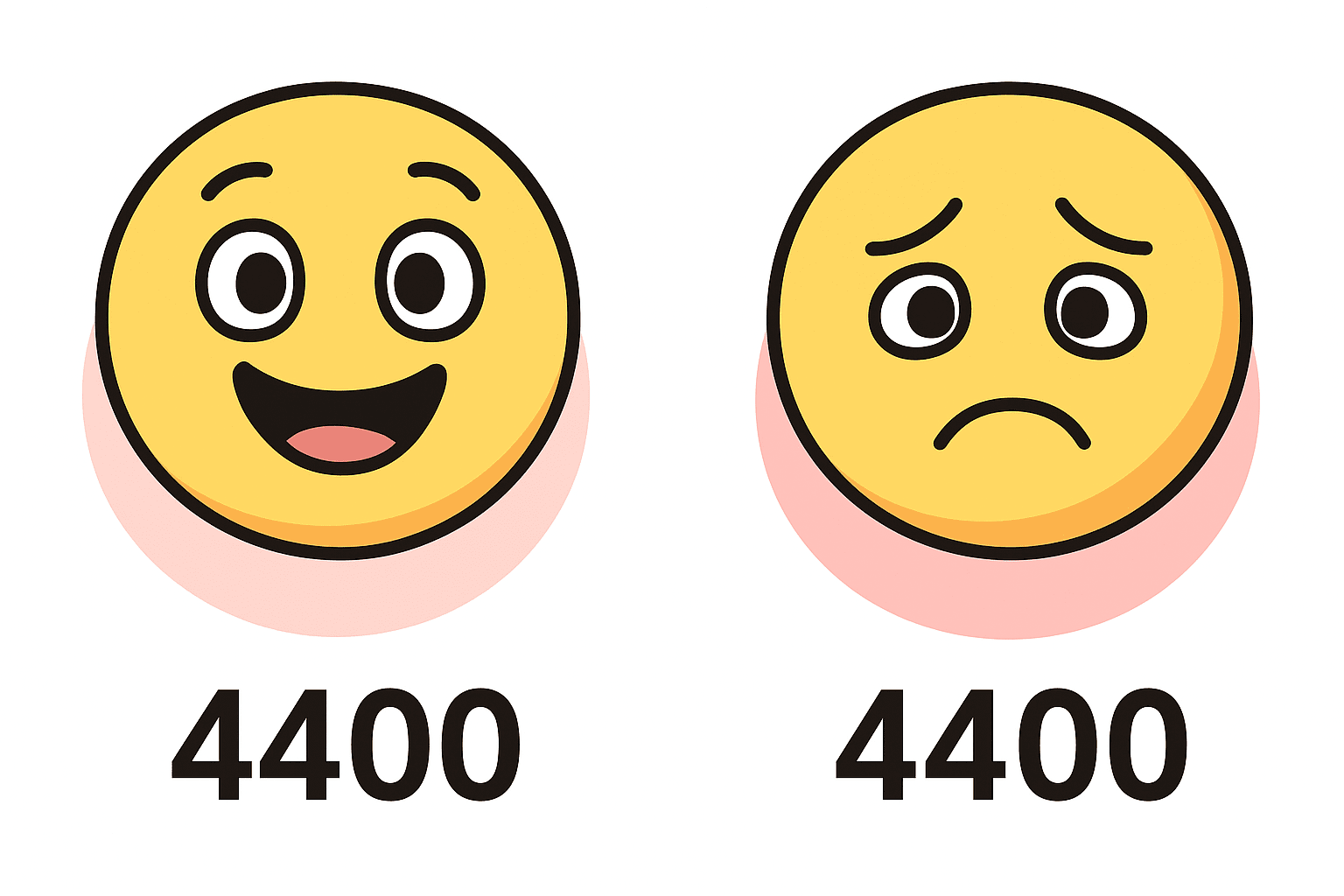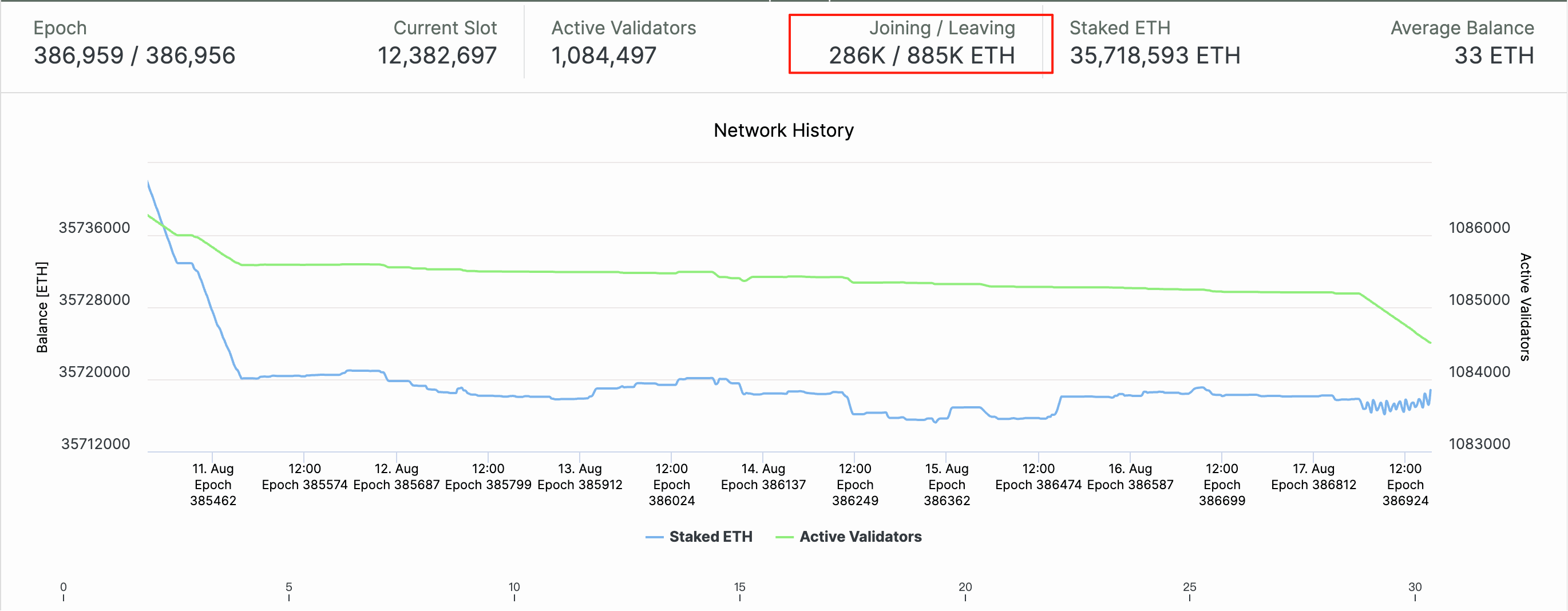Market Analysis on August 17, 2025
In the past two days of sideways movement, there has been a rather interesting phenomenon. Last week, the price rose steadily, and holders were very excited when the ETH price broke through $4400; conversely, in the past two days, when the price corrected from $4788, investors appeared very frustrated. Why is it that the same price of $4400, with only a few days in between and no change in positions, leads to such a significant psychological shift for spot investors who only experienced a decrease in unrealized profits? In psychology, there is a professional term for this called 'psychological anchoring'. The previous $4400 was anchored to a low point of $1400 or the cost price of their position, making people feel 'I have made a lot of profit', hence they are happy. The latter $4400, however, is anchored to $4788, leading to profit-taking, making people feel 'I am losing', and thus they feel frustrated. This psychological phenomenon is very important in investing; if we can correctly identify and utilize it, we can help ourselves take profits or avoid pitfalls.

First, regarding assisting with taking profits, a few days ago I mentioned a viewpoint that once there are obvious risk signals in the market, one can withdraw on a large scale, for instance, if the liquidation volume exceeds $1.5 billion or even $2 billion, or if the price falls below the 120-day moving average. However, as a fan said, these are often lagging indicators; when the data is abnormal, the price often falls as well. At this point, we need to avoid strong psychological anchoring. For example, when the price falls from $4788, if in your judgment system the risk is extremely high, then you should significantly reduce your position at $4400, rather than anchoring to $4788 and feeling like 'I am losing' because you didn't sell at the highest point. Another phenomenon is that psychological anchoring can often lead us into pitfalls, which is particularly evident in altcoins. When the main force is operating, they often control the chips in large quantities or through low circulation and high market capitalization to pull the price up very high, from a cost of $1 to $100, and then begin to sell. During the long process of decline, because the highest price of this coin reached $100, it becomes the psychological anchor price for retail investors. Therefore, when it drops to $80, $70, $60, down to $10, retail investors will feel it is 'cheap' and start buying, but little do they know that the price they are anchoring to is itself just a false reference point. The correct anchoring point should be the value of the project, and most junk altcoin projects have very low value; in this example, this coin might not even be worth $1, let alone $10. This phenomenon explains why I previously advised everyone not to adopt a strategy of buying more as the price of an altcoin declines.
In terms of the market, my current judgment is that the upward trend has not yet ended, but a sideways adjustment may be needed in the short term. The reason is that although the MicroStrategy army is still buying, the previously mentioned $20 billion has not yielded new results, and the buying pace has slowed down. Additionally, the number of people waiting to withdraw their staked assets remains relatively high, with 880,000 ETH queued for unlocking, worth about $4 billion, while about $3 billion is waiting to be staked. The former may create selling pressure, while the latter has already been past buying. It can be anticipated that if companies like BMNR slow down their purchase of ETH in the future, a short-term market adjustment will be necessary.

Thank you for your attention and likes.
